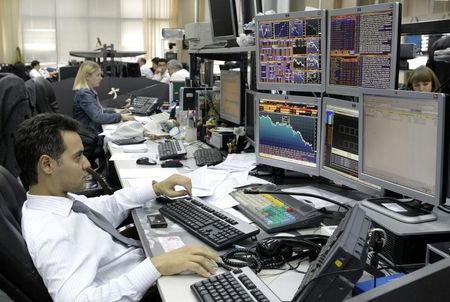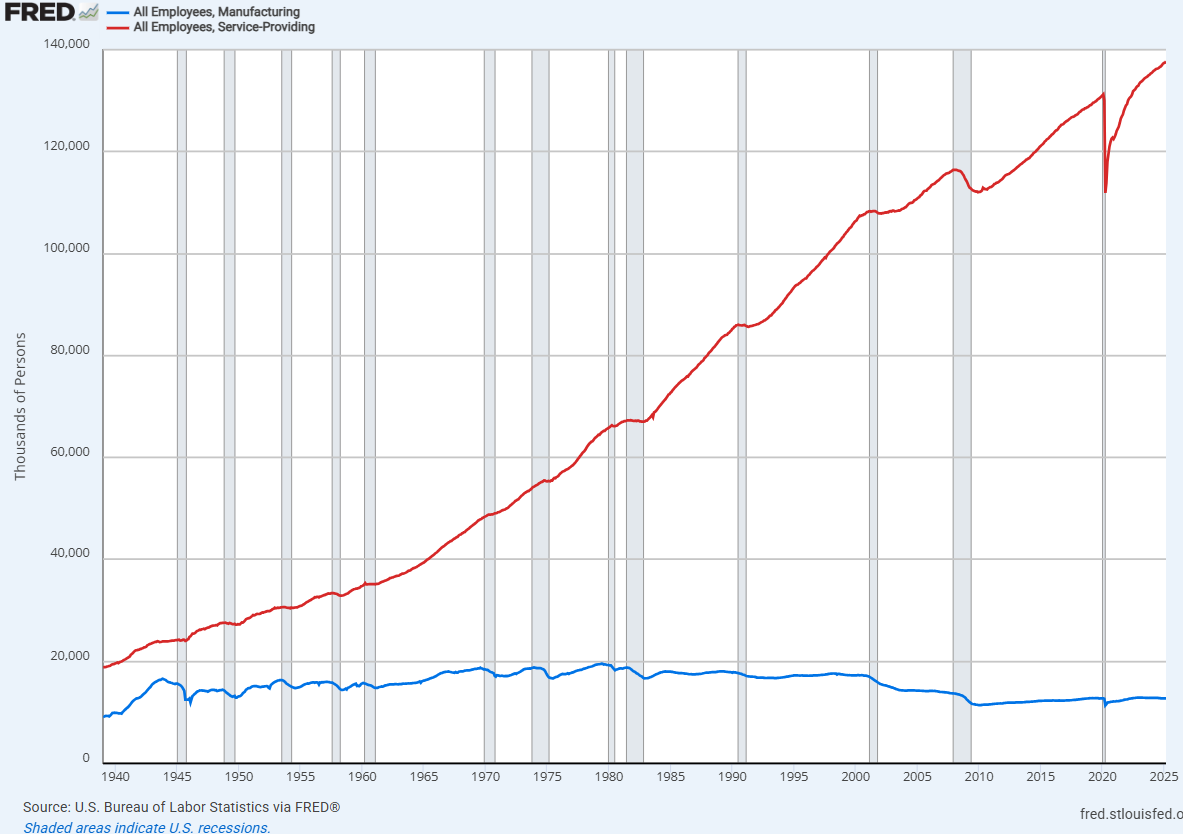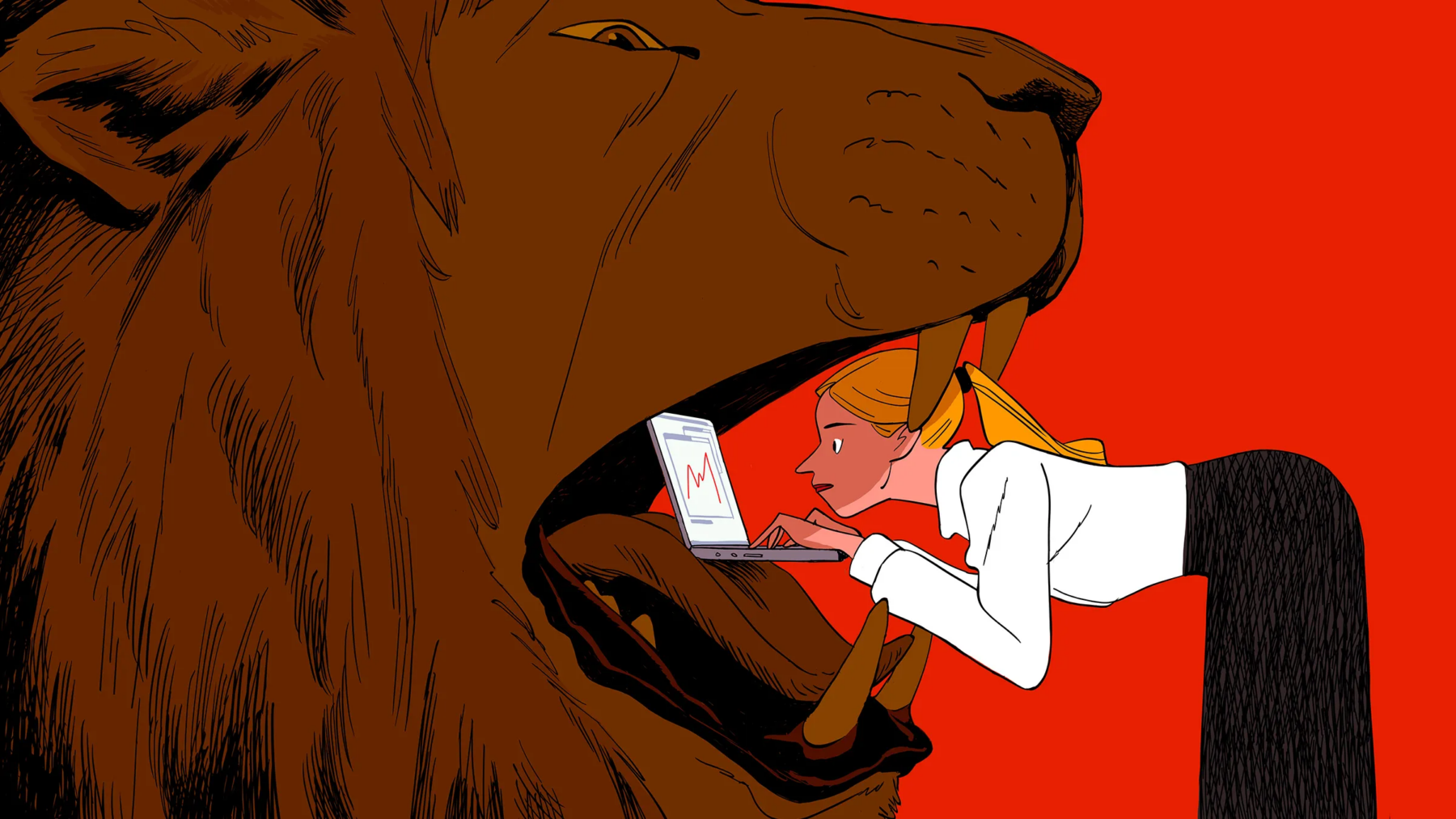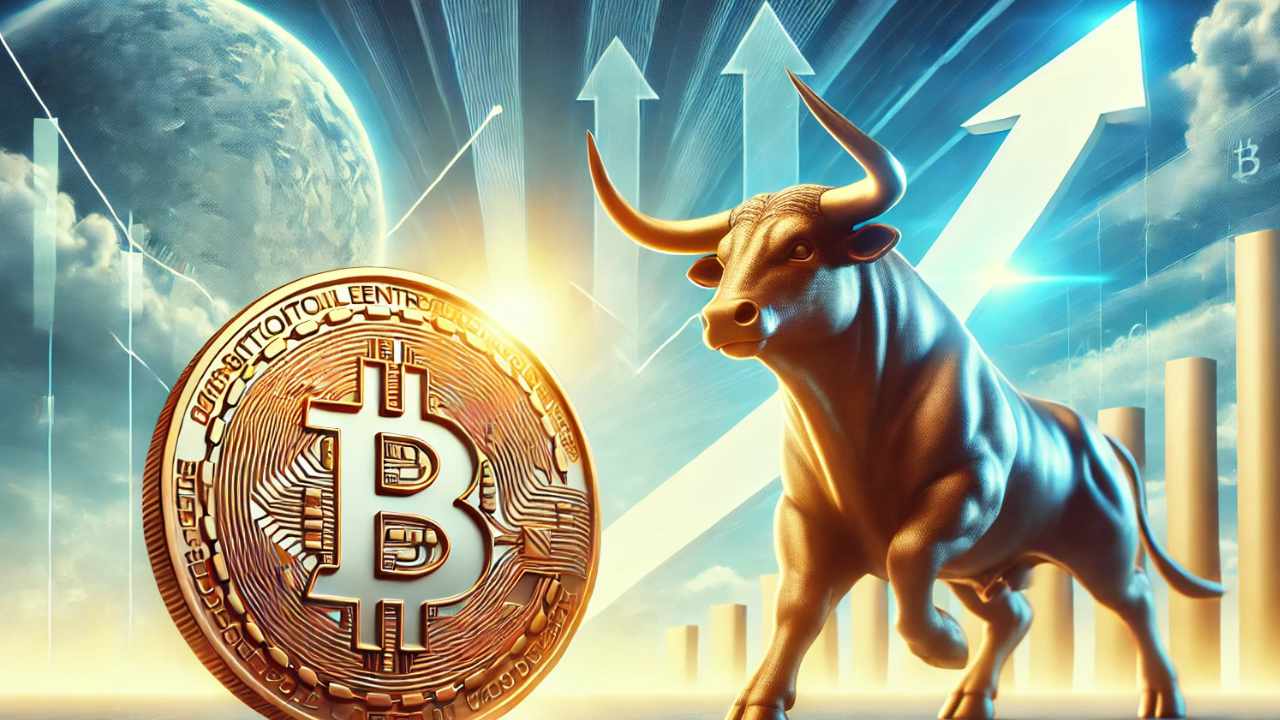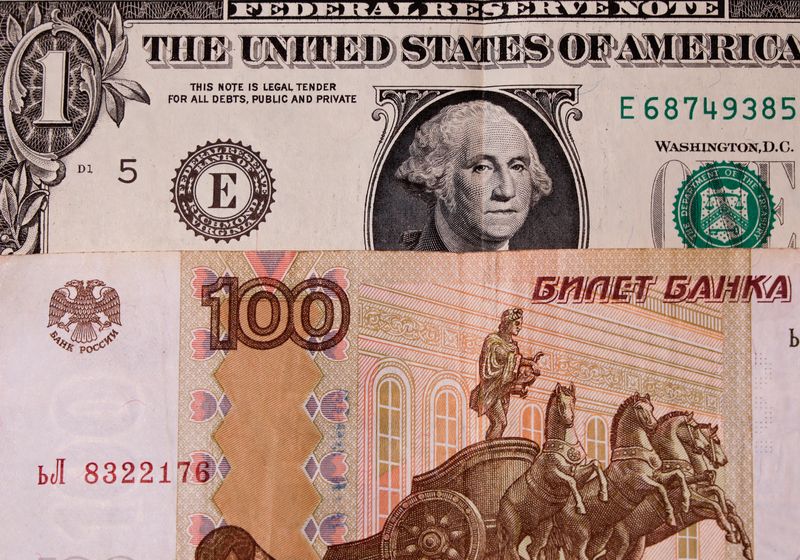3 Smart Moves Investors Can Make in the Stock Market Crash -- and 1 Big Mistake to Avoid
It's been a turbulent time for the financial markets, to put it mildly. The S&P 500 (SNPINDEX: ^GSPC) fell by more than 10% over a two-day stretch and is officially in bear market territory, as of this writing. Most other major indexes are also down sharply from their recent highs.Times like these can be frightening, especially if you're a relatively new investor. But it's important to realize that market corrections, bear markets, and even stock market crashes are a normal part of long-term investing and can be expected to happen occasionally.A market correction, defined as a drop of 10% or more from previous highs, happens about once a year historically. Bear markets, which are typically defined as a 20% drop, have occurred every five years or so, and it isn't unheard of for the S&P 500 to fall significantly more than that. In the 2007-2009 Great Recession, for example, the S&P 500 fell by well over 50% before it finally bottomed out.Continue reading

It's been a turbulent time for the financial markets, to put it mildly. The S&P 500 (SNPINDEX: ^GSPC) fell by more than 10% over a two-day stretch and is officially in bear market territory, as of this writing. Most other major indexes are also down sharply from their recent highs.
Times like these can be frightening, especially if you're a relatively new investor. But it's important to realize that market corrections, bear markets, and even stock market crashes are a normal part of long-term investing and can be expected to happen occasionally.
A market correction, defined as a drop of 10% or more from previous highs, happens about once a year historically. Bear markets, which are typically defined as a 20% drop, have occurred every five years or so, and it isn't unheard of for the S&P 500 to fall significantly more than that. In the 2007-2009 Great Recession, for example, the S&P 500 fell by well over 50% before it finally bottomed out.


















































